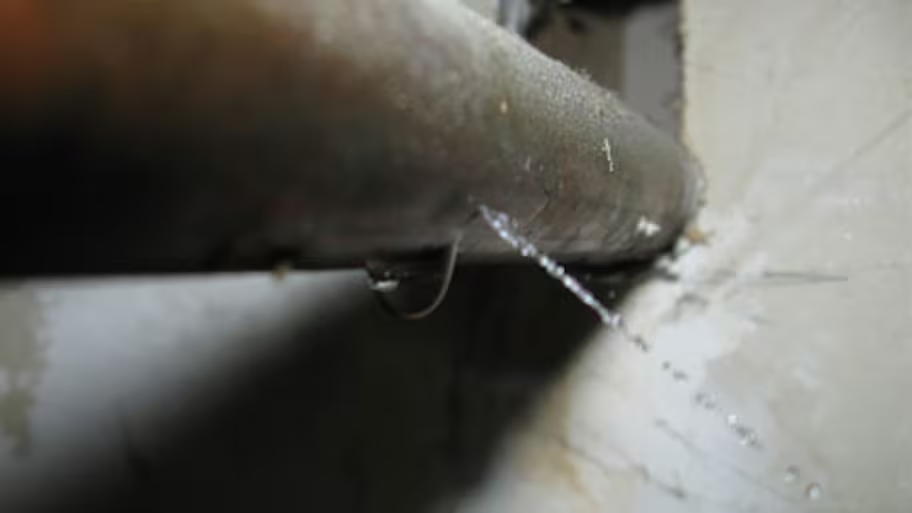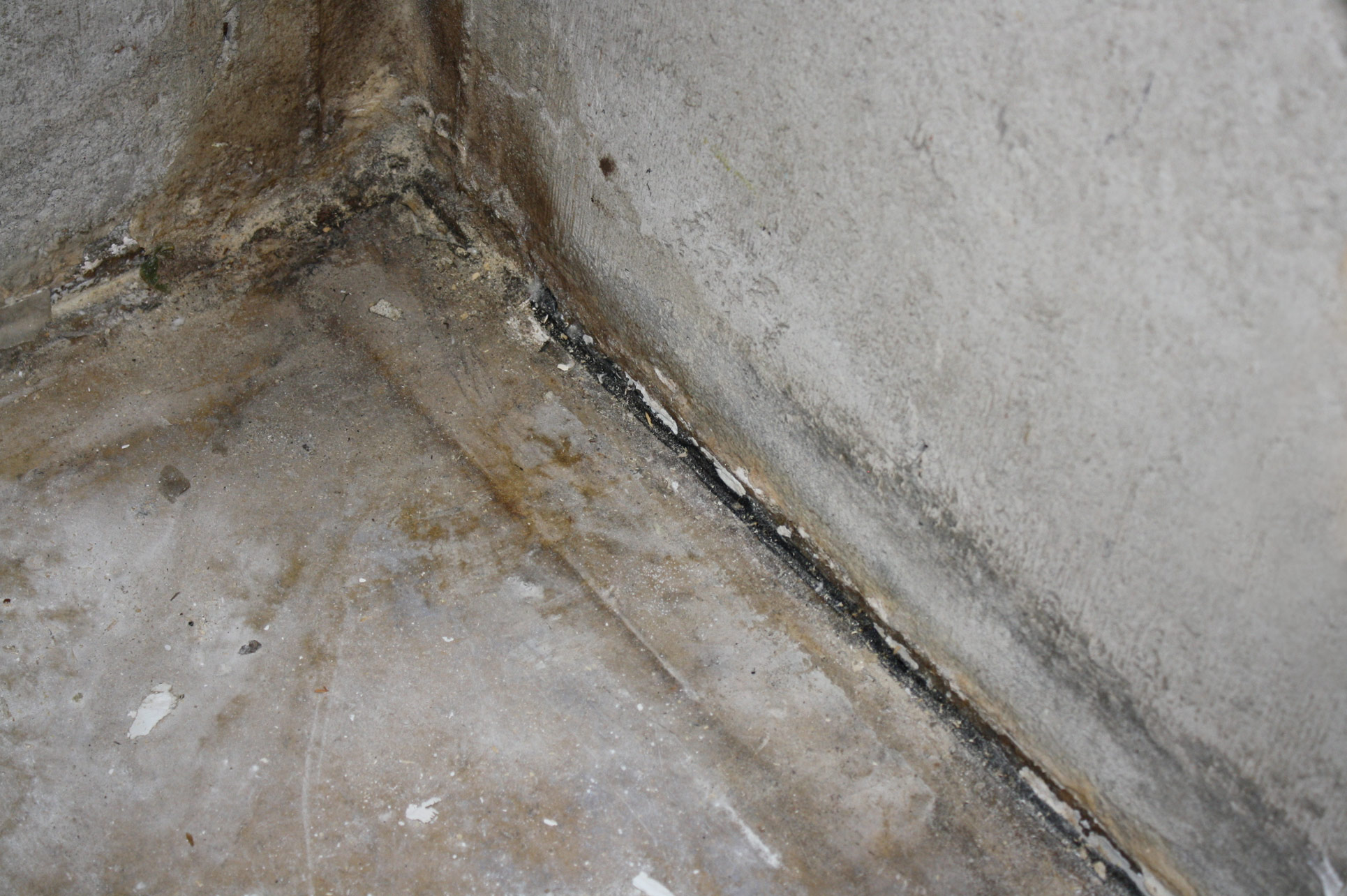The Six Most Common Sources of Water Leaks in Your Home: How to Identify and Address Them
The Six Most Common Sources of Water Leaks in Your Home: How to Identify and Address Them
Blog Article
Almost everyone has their own individual perception in relation to Top Causes of Home Water Leaks.

Leaks not just trigger waste of water but can also create unnecessary damage to your home as well as promote undesirable natural growth. Unfortunately, water leaks could go unnoticed since most of the pipework in our residence is concealed. By looking as well as understanding for day-to-day situations that create leaks, you can protect your residence from future leakages and unneeded damages. Today, we will certainly check out six leakage causes that might be creating your pipes to trickle.
Intruding roots
Many water leakages start outside your house rather than inside it. If you see an abrupt decrease in water stress, state in your faucet, take some time to head out and analyze your yard. You may discover damp spots or sinkholes in your yard, and that could imply that tree origins are getting into water lines creating water to seep out. You can have your plumber look for breach, especially if you have trees or hedges near your residential property.
Corroded water systems
As time goes by, your plumbing system ages and rust such as corrosion might begin gnawing the pipes. This could be the root cause of staining or warping on your pipes. This asks for an evaluation with your plumber promptly. Think about changing the pipelines considering that they are at a higher danger of deterioration than the newer models if our plumbing system is old.
Faulty Pipeline Joints
The factor at which your pipelines link is frequently the weakest link in the waterline. Pipeline joints can degrade with time, leading to water leakages. The majority of pipeline joints are not conveniently noticeable. If you have noisy pipelines that make ticking or banging noises, specifically when the warm water is turned on, your pipeline joints are possibly under a great deal of stress. It is a good idea to have your plumber examine your system yearly.
Instant temperature changes.
Severe temperature level changes in our pipes can trigger them to broaden and get unexpectedly. This expansion as well as contraction may create fractures in the pipes, specifically if the temperature are listed below freezing.
Poor Water Connectors
Sometimes, a leak can be brought on by loose tubes as well as pipes that provide your appliances. Most of the time, changing is what triggers the loosened water Connections. You could locate in the case of a cleaning device, a tube may spring a leakage due to drinking during the spin cycle. In case of a water links leak, you might notice water running straight from the supply line or pools around your home appliances.
Blocked Drains
Obstructed drains may be annoying as well as inconveniencing, yet they can sometimes end up creating an overflow resulting in break pipes. Keep eliminating any type of products that may decrease your drains pipes that could block them to stay clear of such inconveniences.
All the above are root causes of leaks yet not all water leaks arise from plumbing leaks; some leakages could come from roofing system leakages. All leakages should be repaired promptly to stay clear of water damage.
Leaks not only create waste of water but can also trigger unneeded damages to your residence and also promote undesirable organic growth. By comprehending as well as looking for day-to-day scenarios that cause leaks, you can shield your home from future leaks and unnecessary damage. Today, we will look at 6 leakage causes that may be triggering your pipes to leak.
At times, a leak can be triggered by loosened tubes and also pipelines that provide your devices. In instance of a water links leak, you might observe water running straight from the supply line or pools around your home appliances.
TYPES OF WATER LEAKS YOU SHOULD BE FAMILIAR WITH
Shower Fixture Water Leaks
If you notice a water leak near your shower fixture, perform an inspection to confirm if you are able to find broken caulk lines. As your shower fixture becomes older, it is not uncommon for water to leak onto the other side of the frame. To fix this type of plumbing leak, scrape off the old caulk and run a new bead of it around the shower fixture to seal up any fractured crevices and holes.
Bathtub Drainage Water leaks
To fix this type of leak in a bathtub, remove the drain flange and clean it. Next, you should also remove the rubber gasket located beneath the tub’s drain hole. Buy a replacement gasket that matches the old version and install it in the same location. Once the drain flange and rubber gasket are installed, apply a small amount of silicone caulk to the drain to prevent water leakage below your tub.
Water Pipe Leaks Behind Walls
Issues such as discolored grout and loose shower tiles may be caused by a water pipe leak behind the walls in your bathroom. To fix this plumbing leak, you will be required to remove the tiles, grout, or caulk in your shower. Once the tiles in your shower have been removed, perform an inspection of the drywall to confirm if it’s moist or wet. If you notice water marks or mold on the wall, this is an indicator of a water pipe leak.
Toilet Leaks
Nobody likes a toilet leak. It can cause water damage to the subfloor, joists, or even the ceiling in the room below. To combat this type of water leak, you will need to reinstall your toilet with a brand new ring of wax. If the toilet sits uneven, be sure to add toilet shims to correct the issue. Do you notice a broken bolt slot or flange? We recommend performing a new metal flange installation to remediate this issue.
Sink Water Leaks
To prevent damage to the beautiful counter tops in your kitchen or bathroom, tighten the base of your sink to prevent a water leak. Next, scrape away any old caulk around the sink and apply a fresh coat. Prior to using the kitchen or bathroom sink, you will need to secure the fixture to the countertop with the clips located beneath the sink rim to prevent a water leak.
https://www.fenwickhomeservices.com/blog/6-types-of-water-leaks-you-should-be-familiar-with/

Do you appreciate more info about Common Water Leaks In House? Create feedback down below. We'd be pleased to hear your feelings about this entry. We hope that you visit us again in the near future. For those who liked our blog entry please be sure to share it. Thanks a lot for your time. Come back soon.
Click Here Report this page